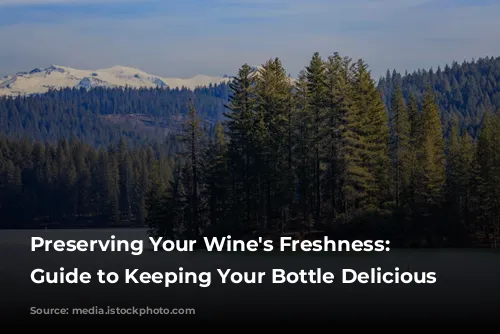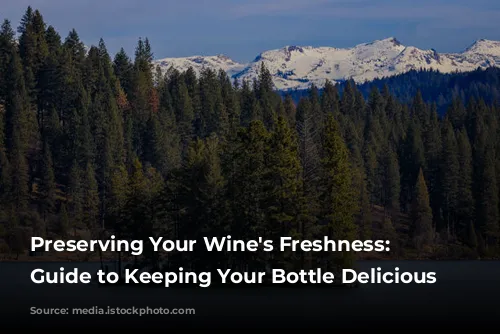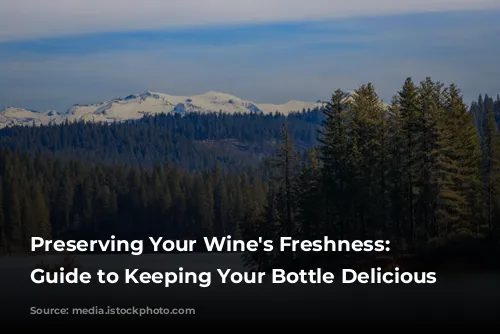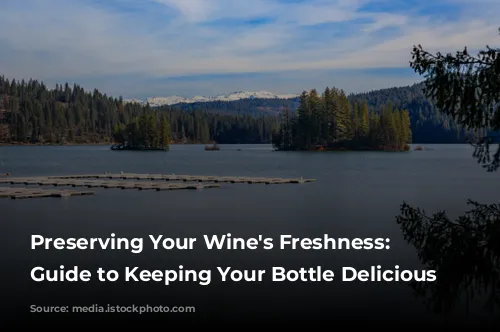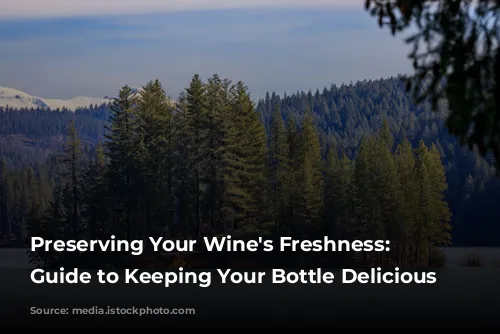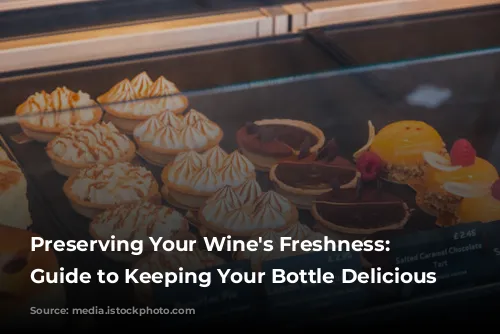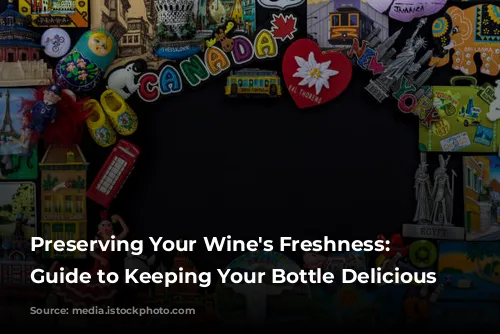It’s a dilemma every wine enthusiast faces: you’ve opened a bottle and are eager to enjoy its deliciousness, but you know that precious nectar will begin to lose its charm once exposed to air. Fear not, dear wine lover! We’ve compiled a treasure trove of tips to help you preserve your wine’s freshness and savor those amazing flavors for as long as possible.
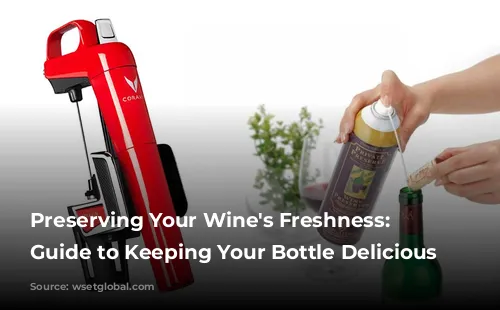
The Enemy of Wine: Oxygen
Imagine your wine as a delicate flower, beautifully fragrant and vibrant, but vulnerable to the harsh elements. Just like the sun can fade a flower’s petals, oxygen is wine’s worst enemy. It steals away the captivating aromas and flavors, leaving behind a dull and uninspiring taste.
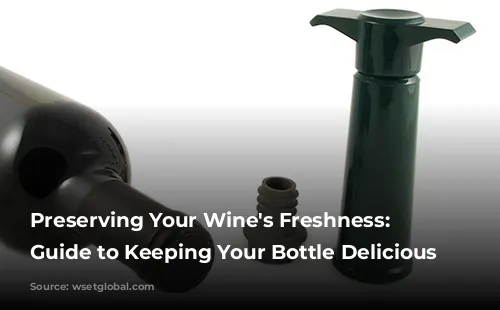
Protecting Your Wine: Essential Tips
While you can’t completely eliminate oxygen’s influence, you can certainly minimize its impact. Here are some key steps to ensure your wine remains as delightful as the moment you uncorked it:
- Keep it Tight: After each pour, re-seal the bottle tightly. This simple act significantly reduces oxygen exposure.
- Store it Upright: Place your bottle upright, whether it’s corked or screw-capped. This minimizes the surface area exposed to air.
- Embrace the Fridge: While many think chilling red wine is a culinary crime, cooler temperatures actually slow down oxidation. Both red and white wines can happily reside in the fridge, staying fresh for up to five days.
- Light is a Foe: Just as you protect your skin from the sun, shield your wine from direct light. Store it in a dark place, where it can quietly rest and retain its brilliance.
Wine Preservation Systems: Gadgets to the Rescue
For those seeking to extend the life of their wine, there are a variety of preservation systems available. Let’s explore the most popular options:
- Vacuum Pumps: These trusty devices work by sucking the air out of the bottle and creating a hermetic seal, keeping oxygen at bay. They’re affordable and a popular choice in restaurants and bars.
- Inert Gas Preservation Systems: These systems inject argon gas into the bottle, creating a protective layer on the wine’s surface. While more expensive, they offer significantly longer preservation, making them perfect for enthusiastic wine lovers.
- Smaller Bottles: If you don’t want to invest in fancy gadgets, simply transfer your leftover wine into a smaller bottle or buy smaller sizes from the start. The reduced air space minimizes oxygen exposure.

Sparkling Wine: A Special Case
Sparkling wines like Champagne and Prosecco require a bit of extra care. They’re highly susceptible to light, and conventional wine preservation systems won’t work for them.
- Champagne Stoppers: These affordable devices help keep the bubbles alive for several days.
- Dark Storage: Remember that sparkling wines are sensitive to light, so always store them in a dark place.
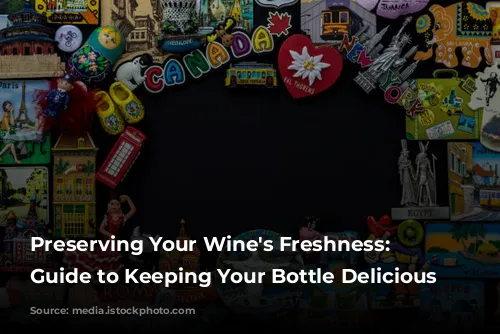
Conclusion
Whether you’re enjoying a casual glass or hosting a grand soirée, following these simple tips and techniques will help you maximize the enjoyment of your wine. From proper storage to clever preservation systems, you’ll be a wine connoisseur in no time!


